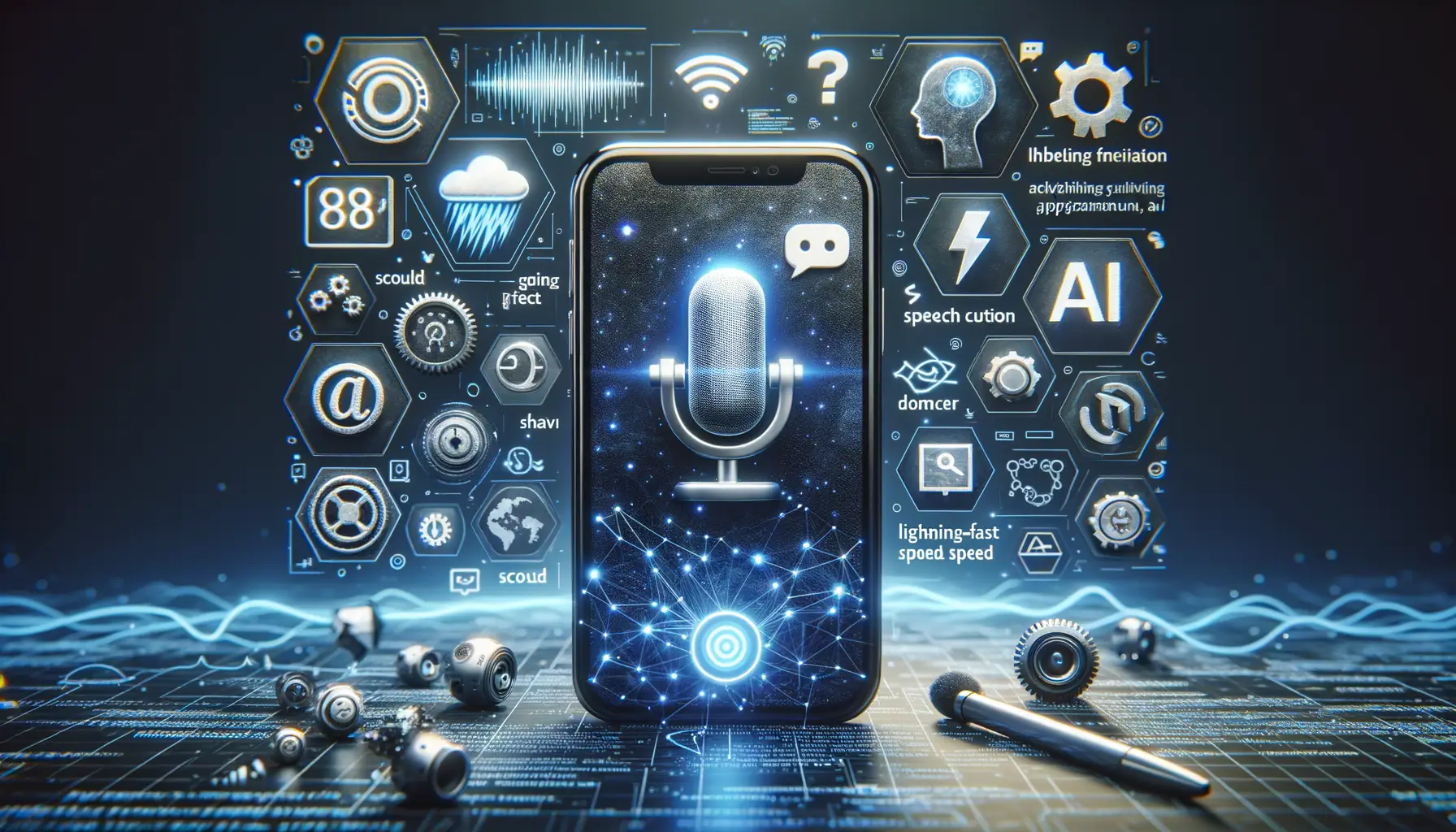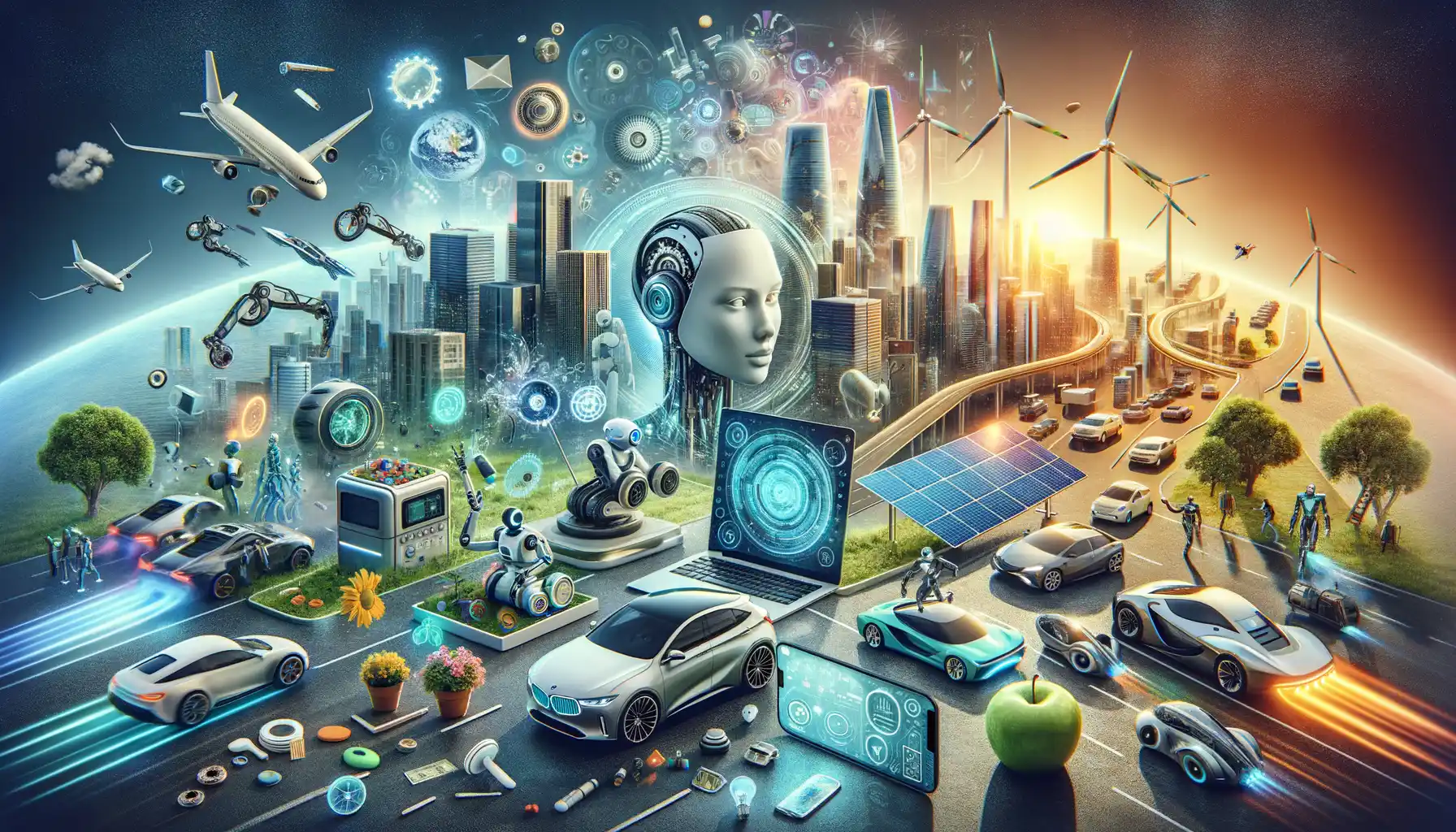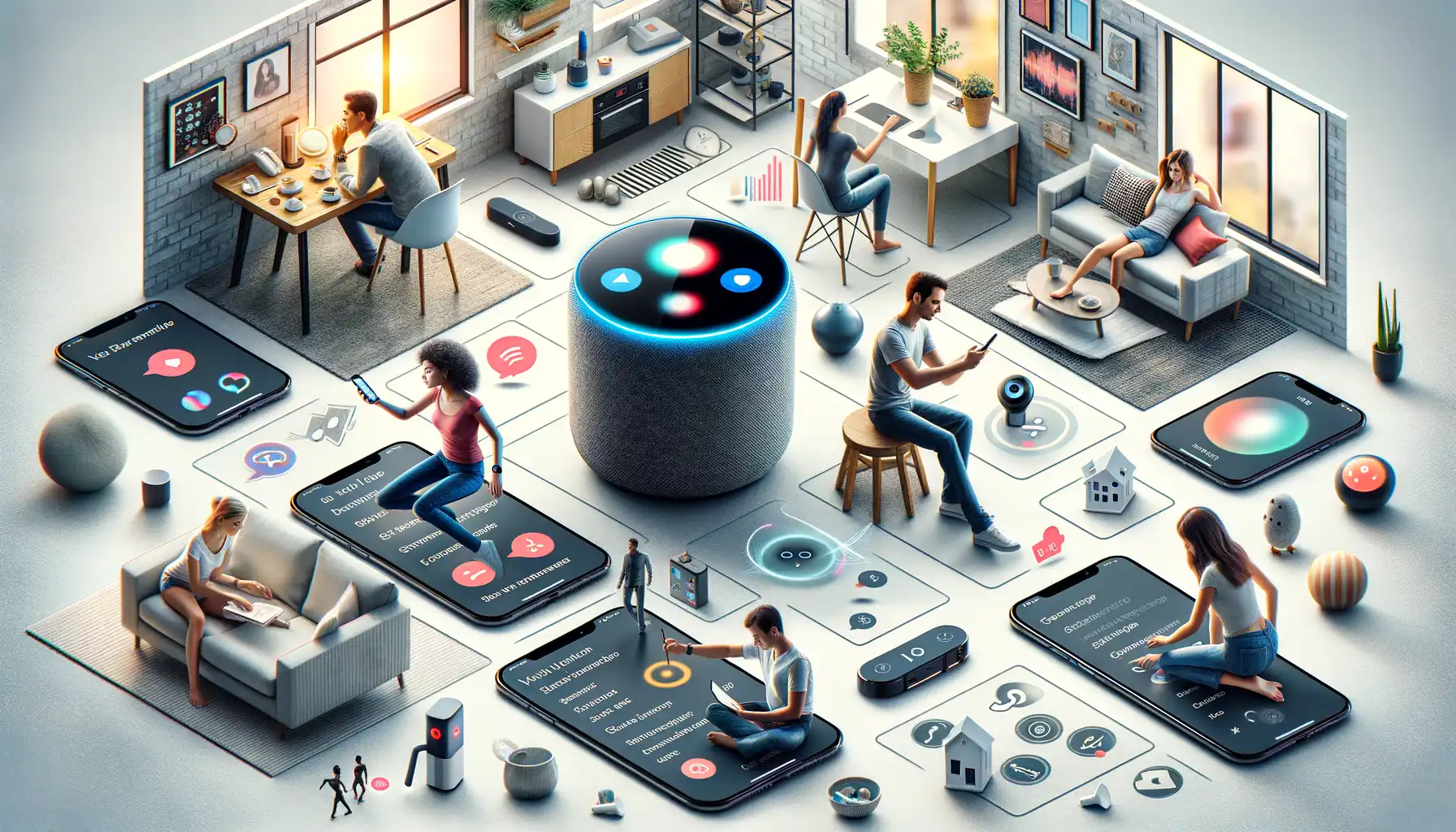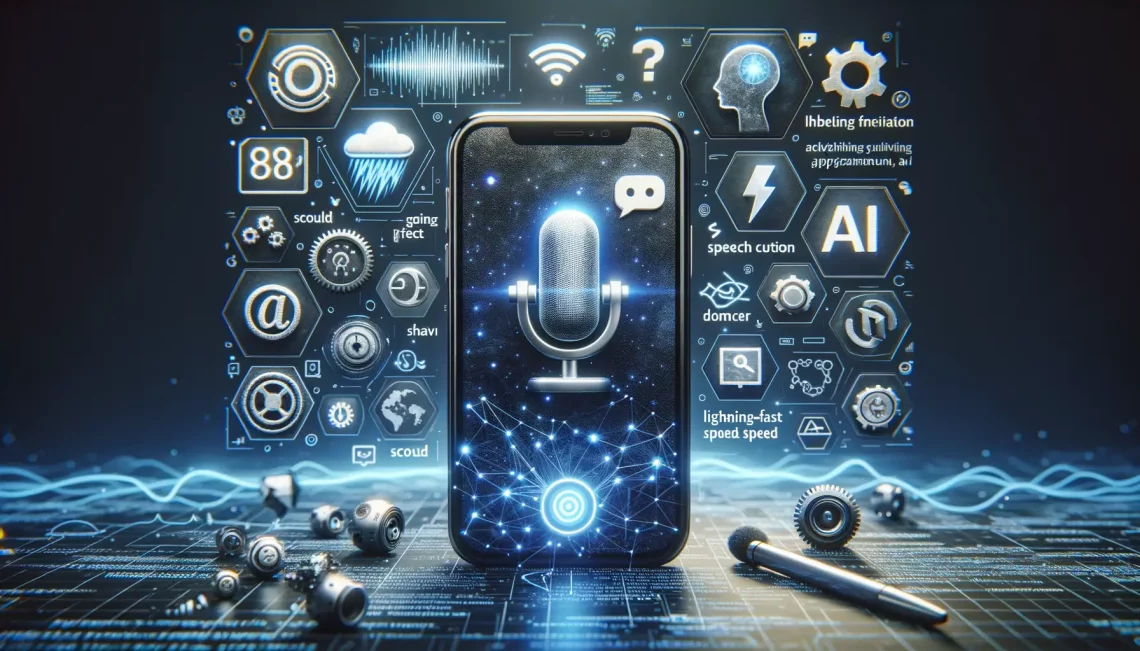Introduction to Voice-Activated AI Assistants
Meet Your Digital Companion: Voice-Activated AI
Imagine having a personal assistant who’s always by your side, ready to carry out your requests with just a word. That’s exactly what voice-activated AI assistants bring to the table! From effortlessly setting reminders to dimming the lights in your living room, these clever companions have become today’s digital genie-in-a-bottle.
Think about how natural it feels to speak rather than type. You’re on the move, coffee in one hand and phone in the other; suddenly you remember an important task. Instead of fumbling around, you simply say, “Hey Siri, remind me to email Sarah at 2 pm,” and voilà—task accomplished! The power lies in how seamlessly these AIs fit into your routines.
- Search for your favorite song just by humming a few lyrics.
- Navigate hands-free through traffic while chatting with Google Assistant.
- Ask Alexa to spin up tonight’s recipe without flipping through pages or screens.
It’s not just about convenience; it’s about bringing that spark of magic to everyday tasks. Whether you’re tech-savvy or a total beginner, voice assistants feel like unlocking a world where tech simply gets you.
Key Benefits of Voice-Activated AI in Mobile Applications

Why Voice-Activated AI Feels Like a Personal Assistant in Your Pocket
Imagine this: you’re cooking your favorite recipe, hands covered in flour, and suddenly, you need to set a timer. No need to fumble with your phone—it’s as simple as saying, “Hey, set a timer for 10 minutes!” That’s the magic of voice-activated AI in mobile apps. It’s not just tech; it’s like having a helper who’s always one step ahead.
Here are some standout benefits that make voice AI so irresistible:
- Convenience on steroids: From texting while driving (safely, of course!) to finding the nearest coffee shop, voice commands eliminate the need for tapping, swiping, or typing.
- Accessibility champion: For individuals with disabilities or visual impairments, it opens up the digital world in ways previously unimaginable.
- Multitasking made effortless: Picture scheduling meetings while folding laundry or sending voice notes during your morning run. Pure efficiency!
The Emotional Connection Between You and Your AI
There’s something undeniably appealing about chatting with an app that seems to “get” you. When your phone responds to, “What’s the weather like?” with a cheery “It’s sunny and perfect for a stroll!” it feels human-like. Over time, these interactions create a bond—strange, maybe, but also undeniably comforting.
Challenges in Implementing Voice-Activated AI

Untangling the Knots: Technical Hurdles of Voice AI
Building a voice-activated AI assistant isn’t all smooth sailing—imagine trying to teach a toddler multiple languages while making them understand regional accents. Yes, it’s that complicated! One key challenge is ensuring flawless speech recognition. Think about it: can an app tell the difference between “weather” and “whether”? What if someone whispers or shouts over background noise? These nuances can trip up even the most advanced systems.
Another stumbling block? Privacy concerns. Users want convenience, but the idea of their devices “always listening” can feel intrusive. Developers walk a tightrope, balancing seamless functionality with airtight data security and user trust.
Each of these feels like solving a Rubik’s Cube in a sandstorm—possible, yes, but definitely tricky.
The Human Side of AI Development
Let’s not forget the emotional labor behind this innovation. Engineers don’t just design machines; they craft experiences. How should the assistant respond to sarcasm? What tone feels “comforting” versus “robotic”? These aren’t straightforward code problems—they’re deeply human ones. And getting it wrong could leave users frustrated, leading to abandoned apps or lost loyalty.
Current Trends and Future Developments

Fresh Waves in Voice-Activated AI Technology
The world of voice-activated AI is buzzing with innovation, like a symphony constantly adding new instruments. Some of the most intriguing trends include multilingual support, which feels like unlocking secret passages in a global labyrinth. Apps are no longer tied to just one language—voice assistants such as Siri, Alexa, or Google Assistant now understand and respond in diverse tongues, seamlessly catering to a worldwide audience.
Another hot trend? Personalization. Imagine your AI assistant not just remembering your name but anticipating what you want before you even say it. Let’s say you’re a night owl. Your assistant might automatically dim your phone screen in the late hours or suggest relaxing playlists without you lifting a finger.
For businesses, this is a revolution. Think of how e-commerce apps are boosting voice shopping, enabling users to say, “Order me coffee pods,” and voilà, their favorite brand is delivered to their doorstep.
- Healthcare apps are using voice tech for patient monitoring and medication reminders.
- Fitness apps now come with conversational AI trainers guiding you through workouts. It’s like having a personal coach by your side, minus the cost!
A Glimpse Into Tomorrow’s Possibilities
What lies ahead is even more exciting. Picture this: conversational AI going beyond pre-programmed responses to engage in truly intelligent dialogue. Imagine asking your assistant, “What should I have for dinner?” and getting tailored answers based on your diet, fridge contents, and recent cravings.
We’re also seeing sparks of innovation in emotion recognition. This means future AI could detect your mood from your tone and adjust its responses accordingly—no more cheerfully robotic replies when you’ve had a rough day.
The integration of AI with augmented reality (AR) is another mind-blowing frontier. For example, gaming apps might soon allow players to issue voice commands to characters while visually interacting with the game environment through AR glasses.
The possibilities are vast, thrilling, and just beginning to unfold.
Impact of Voice-Activated AI on User Behavior

How Voice-Activated AI Redefines Everyday Choices
Picture this: it’s morning, your hands are tangled in making breakfast, and instead of typing a search or fumbling with your phone, you simply *speak*. “What’s the weather today?” Instantly, a confident, friendly voice responds. That seamless interaction? It’s more than convenience—it’s transforming how we make choices, respond to our environment, and even plan our day.
With the rise of voice-activated AI, users now expect apps to be *listeners* as much as tools. This shift has redefined our behaviors. Instead of navigating through menus or performing endless scrolls, we’re asking questions like we would a trusted friend. Need to book a table for dinner? Just ask. Want to add items to your shopping cart without stopping mid-task? Done in seconds.
What’s fascinating is the emotional connection people are forming with these assistants. By using conversational language and personalized responses, voice AI often feels *human*. Users often say things like, “Alexa just gets me,” or “Siri knows what I mean.” These aren’t dry tech tools—they’re becoming integral companions.
Here’s where it gets intriguing:
- Faster decisions: Users rely on instant answers instead of evaluating lengthy options.
- Multitasking made effortless: People engage with apps while driving, cooking, or exercising.
- Growing trust: The more accurate the assistant, the deeper the user’s reliance.
Are we adapting to AI, or is AI adapting to us? Perhaps both—and the journey is only just beginning.






